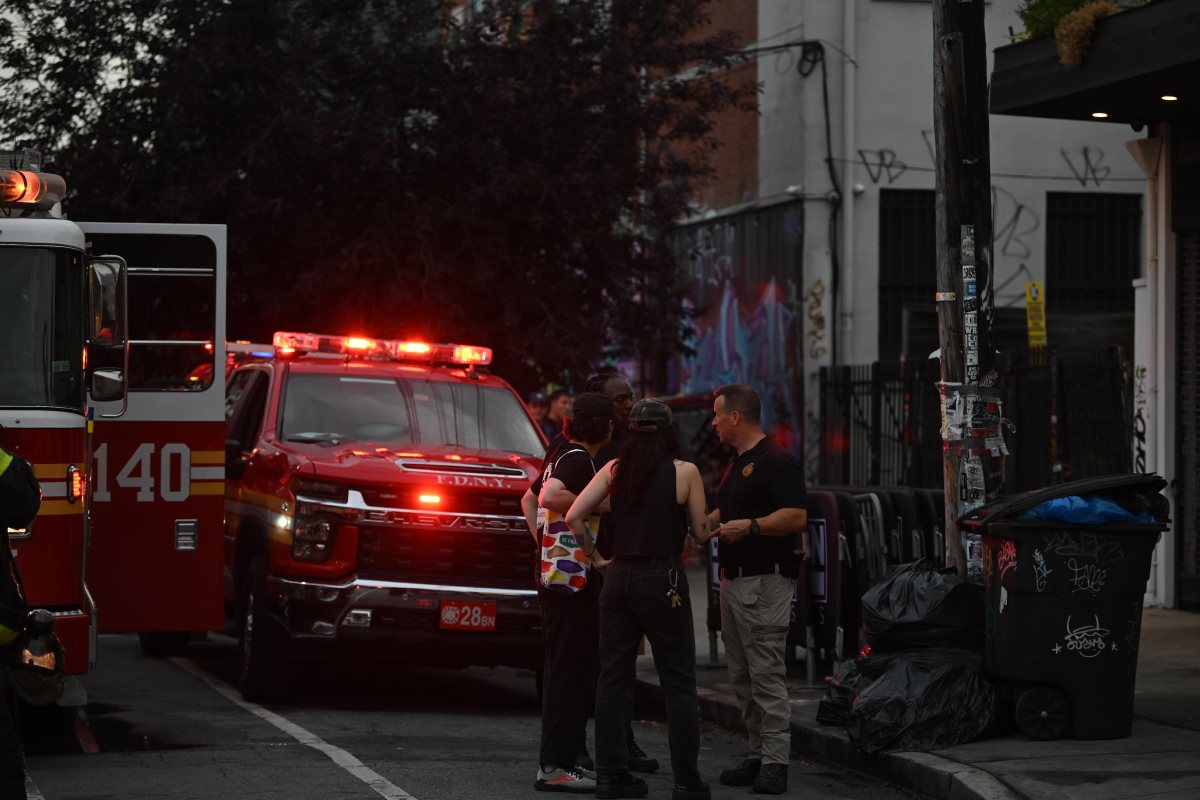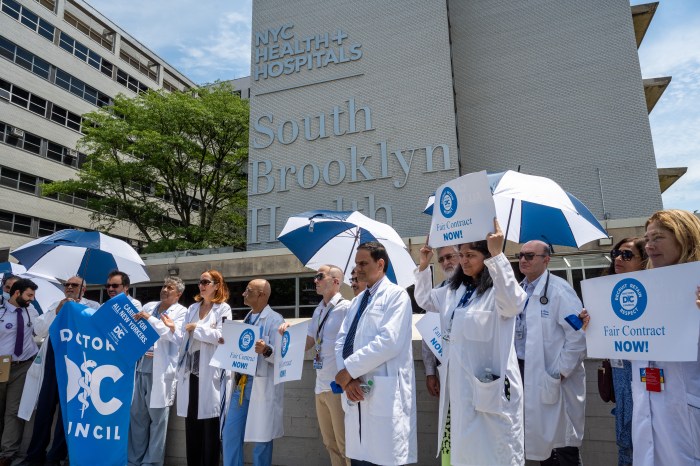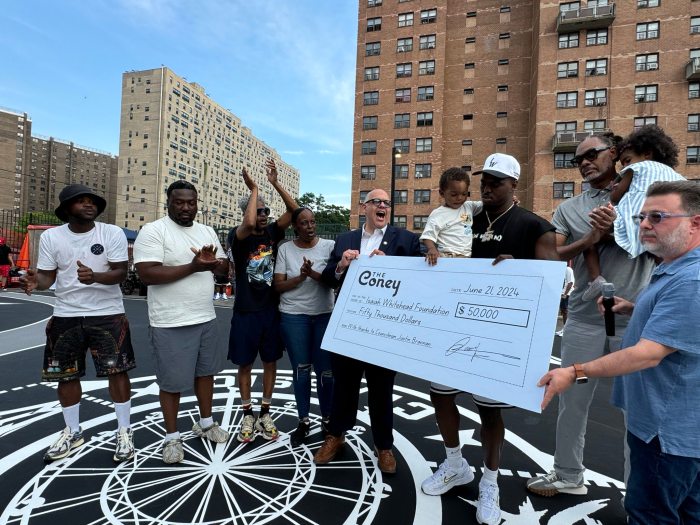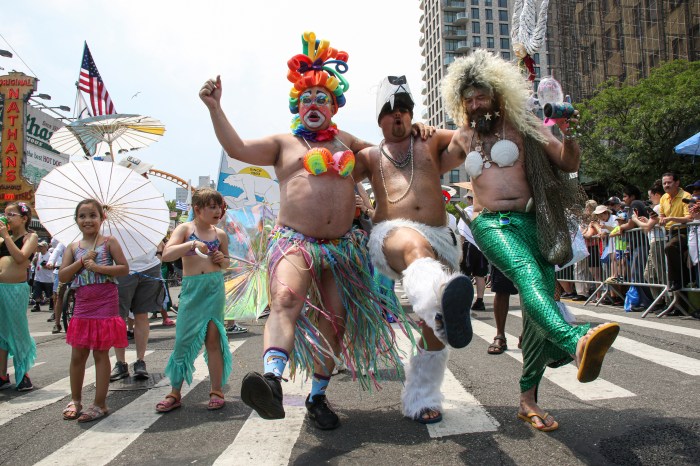Call it a walk through time.
The Coney Island History Project installed some 30 informational panels along the shores of Coney Island Creek to teach locals little-known facts about the waterway’s history and ecology. The self-guided tour stretches along Kaiser and Calvert Vaux parks with the goal of motivating locals to discover unseen patches of public land — and to take better care of the long-neglected estuary, said the director of the Coney Island History Project.
“When you learn about the history of the waterway, you care about its future. And once people learn how it got to this state, they’re interested in how it can be protected,” said Charles Denson. “It’s about sharing how it fits into the community and recognizing how interesting it is and its importance.”
Denson began mounting the aluminum placards on posts and rails along the shore shortly before Hurricane Sandy in 2012. When the storm struck, it leveled the area, but the signage miraculously endured and gave Denson the idea that the resilient posts are a durable way to preserve the area’s history.
“Sandy hit and wiped out everything, but the signs survived all that and I thought, ‘This is the way to do it — if they weathered the storm they’re more or less permanent,’ ” he said.
The more-than two-dozen guideposts are peppered along the waterfront of Kaiser and Calvert Vaux parks and chronicle the history of the green spaces with photos and narratives curated by Denson. A grant from the Partnership for Parks funded the project, which has the Parks Department’s blessing, Denson said.
One sign in Calvert Vaux Park sheds light on a shipwrecked submarine named the Questar. The sub was built in 1971 and launched by a Brooklyn Navy Yard welder who planned to salvage a sunken cruise ship at the creek’s bed. But the Questar met the same demise as the ship when it broke loose and ran aground. Now it resides in a watery grave off the park’s coast, according to Denson.
Other signs showcase the waterway’s varied flora and fauna, such as horseshoe crabs, egrets, and Spartina — more commonly known as cordgrass — that prevents erosion and purifies water by soaking up toxins.
Another series of posts warn park-goers about the dangers of fishing in the creek, what is and isn’t safe to eat, and which city agencies to reach out to for more info.
The tour will really help people take ownership of neighborhood green spaces, according to a local environmental activist.
“It’s a fantastic wealth of information that people would never know about without the signs,” said Coney Island environmental activist Pamela Pettyjohn. “You kind of walk by and see things that you don’t really know what you’re looking at all the time. And until someone points it out, people often don’t understand the value of where they are living. This puts it all out there for people and I think that’s great.”






















